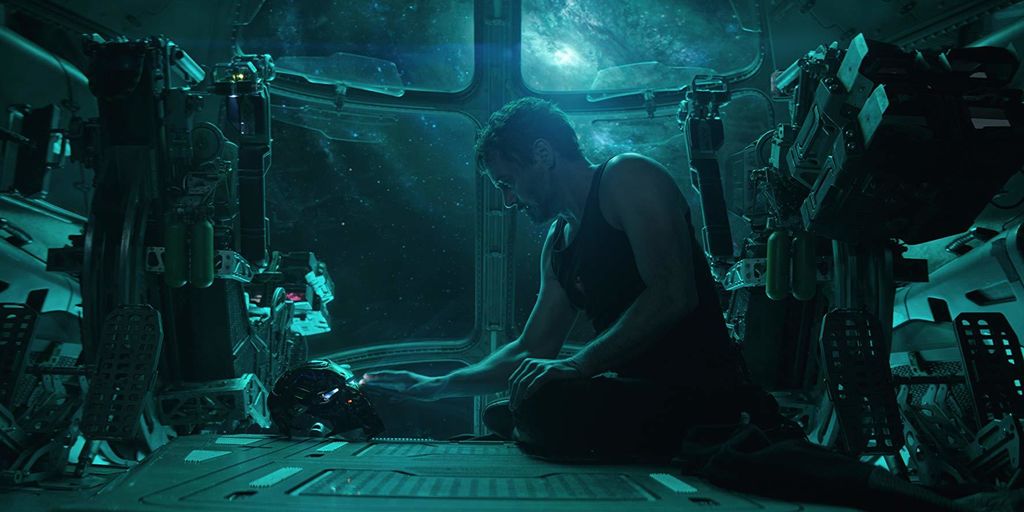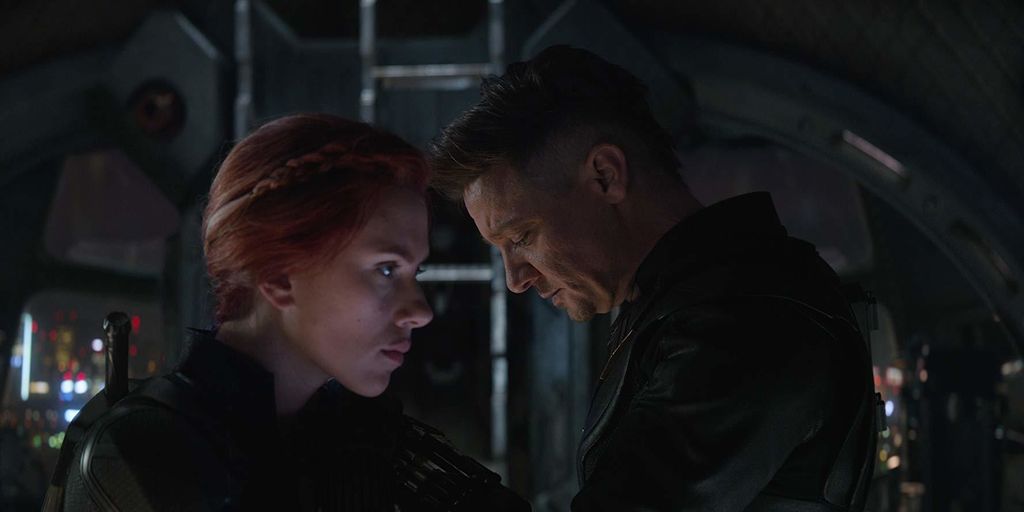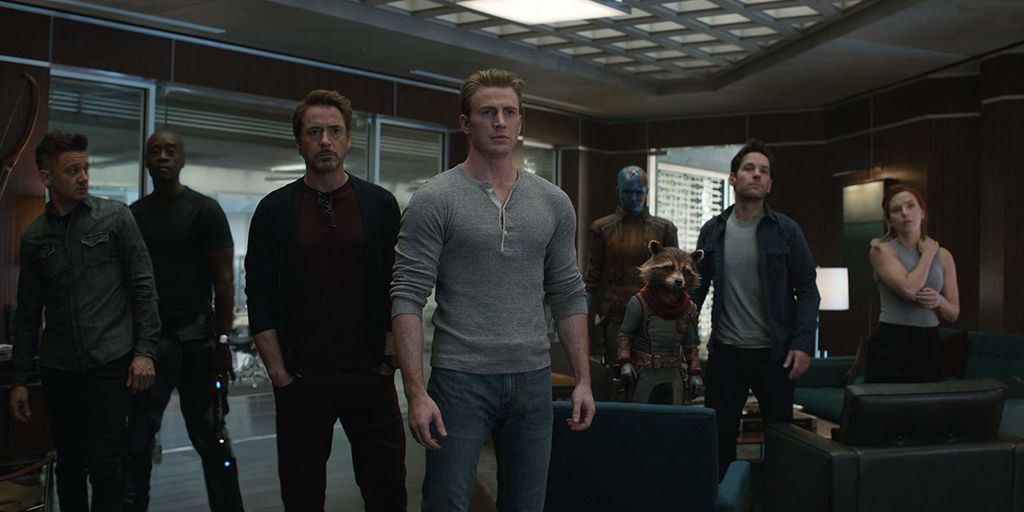Tears, applause and chuckles a plenty; the final instalment of the Marvel Studios’ films thrilled audiences and was a fitting tribute to a multi-million success story.
We booked late and ended up in the second row from the front at Avengers: End Game.
Roughly 30 minutes in, I snuck a look at the theatre behind me.
Row after row of enraptured faces, lit up with the glow and sheer audacity of the Marvel Studios universe, and loving it.
And it struck me: If so many people love these films and suspend their belief to embrace them, how is it we still have conflict and all the other injustices that a life lived in humanity brings?
And I don’t know if it is a tragedy that we are all moved by a movie so, or whether it moving us en masse (Avengers: Endgame sold more tickets on its opening weekend than any other film in history) is a sign that perhaps we aren’t as wayward as the news pages would suggest.
Because loving the Marvel Universe does require the suspension of reality: Its heroes are variously green; caped; have antennae; fly through the air; travel through space and shoot spider webs from their wrists.

Endgame was the culmination of an incredible 22 films and some 170 hours of cinema magic that started with the first Iron Man movie in 2008.
It brings together its many heroes in spectacular style while cleverly transporting many of the favourites back in time to key moments from multiple films.
It’s a smart way to celebrate and revisit some of the impressive Marvel back-catalogue.
The film starts quietly, perhaps not in the usual style of a superhero film, under directors Joe and Anthony Russo.
Viewers watch Hawkeye (Jeremy Renner) with his family as they suddenly crumble to dust when serial bad-guy Thanos (Josh Brolin) enacts his prophecy to destroy half the world’s population.
For his gross crimes, a small group of Avengers track Thanos down and kill him.
Far above the earth, Tony Stark (Robert Downey Jr) is trapped in a spaceship running out of oxygen alongside reformed daughter of Thanos, Nebula (Karen Gillan).
When all hope seems lost, they are saved.

We flash back to earth five years in the future, where life has continued following the disappearance of half the world’s population.
Captain America (Chris Evans) counsels people with their grief; Black Widow (Scarlett Johansson) maintains a lonely watch on good and evil with the help of Captain Marvel (Brie Larson); War Machine (Don Cheadle) and Rocket (Bradley Cooper).
Simultaneously, Ant Man (Paul Rudd) is freed from a time-space continuum where he became stuck in when Thanos destroyed half the world’s population.
He travels to his last known rendezvous point with the other Avengers, and together they hatch a plan to travel back in time in order to thwart Thanos’ destruction of half of humanity.
Playing with space and time requires brains, so the crew recruit Mark Ruffalo’s The Hulk, who has found a way to engineer himself as part-Hulk, part-man.
The result means The Hulk is no longer an angry green monster - he’s rather friendly and emotionally-balanced - and has taken on a kind of cult status in this new world, posing for selfies with adoring fans.
The Avengers seek-out Thor (Chris Hemsworth), who now resides in the hilariously-named “new Asgard” (his former home was destroyed in Thor: Ragnarok).
Only, grief-stricken Thor has let himself go a little.
His story arc is a chance for Hemsworth to flex his comedic muscle, rather than brawn, and it really works.
Last recruit is Stark, who refuses to take a risk on pursuing Thanos through time and space if it means he could lose his wife, Pepper Potts, and their daughter.
He eventually comes around.
The rest is fairly predictable with incredible special effects culminating in the moment the audience is waiting for: Every Marvel character on screen, at once.
